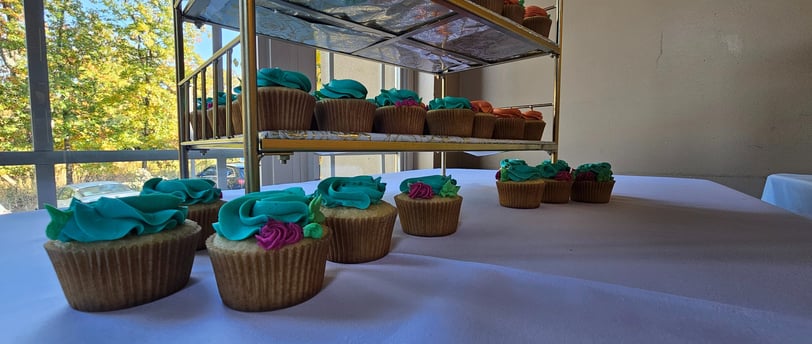free standard shipping on order $85 and up!
Baking Myths Busted: Separating Fact from Fiction
Think you know baking? We’re busting common myths and revealing the sweet truth behind the most talked-about tips.
Akeyla M
6/2/20252 min read


Introduction to Baking Myths
Baking is a fantastic culinary art that many people love, but there are plenty of myths floating around that can lead to confusion. Whether you're a new in the kitchen or a seasoned baker, it’s important to distinguish between fact and fiction. In this post, we’ll debunk some popular baking myths to help you achieve delicious results every time.
Myth 1: Baking is All About Precision
One of the most common misconceptions is that baking requires absolute precision in measuring ingredients. While it’s true that precision does matter, especially when creating complex recipes, there’s a bit of wiggle room in many cases. For example, if you slightly over or under-measure flour, your baked goods can still turn out fine. The key is understanding your ingredients and how they interact.
Myth 2: You Can Substitute Baking Powder and Baking Soda
Many beginners believe that you can simply switch baking powder for baking soda or vice versa without any consequences. This isn’t exactly true! Baking soda requires an acid to work, while baking powder contains both an acid and a base. If you decide to substitute one for the other, you may end up with baked goods that are flat or overly acidic. Understanding the unique properties of these leavening agents is crucial for achieving the perfect rise in your cakes and breads.
Myth 3: All Flour is Created Equal
It’s another common belief that all types of flour are interchangeable. But in reality, different flours have different protein contents, which affects the texture and structure of your baked goods. For instance, bread flour has more protein than all-purpose flour, making it ideal for yeast breads. On the other hand, cake flour has less protein and is perfect for soft, tender cakes. Always choose your flour type based on the recipe you are following for the best results!
Myth 4: You Should Always Use Cold Butter
While cold butter is essential for flaky pastries like pie crusts, many bakers insist on using cold butter for all recipes, which isn’t always necessary. For cookies and cakes, using room temperature butter is beneficial as it creases properly with sugar, leading to a lighter, fluffier batter. Always refer to the recipe to know the ideal butter temperature for the best output.
Conclusion: Bake with Confidence!
With so many baking myths circulating, it’s essential to arm yourself with accurate information. Understanding the facts will empower you to experiment more confidently in the kitchen! So don’t let these misconceptions derail your baking adventures. Instead, embrace these truths and get ready to bake up a storm!
